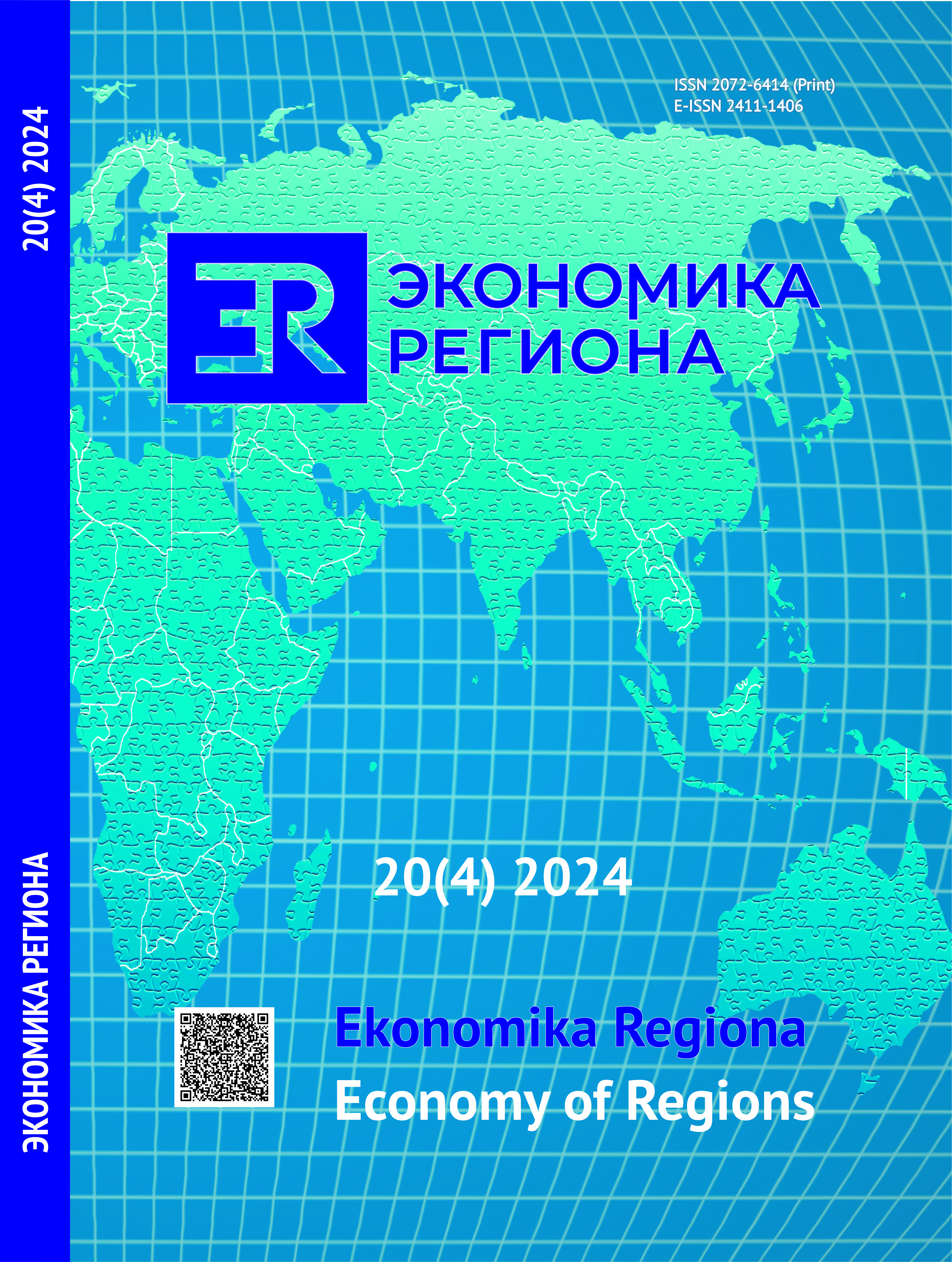Assessing the Impact of Land Degradation on Agricultural Output Using a Stochastic Frontier Production Function
DOI:
https://doi.org/10.17059/ekon.reg.2024-4-12Keywords:
land degradation, soil erosion, production functions in agriculture, stochastic frontier analysisAbstract
Land degradation is a widely discussed and pressing global issue, as highlighted in the UN Sustainable Development Goals (SDGs). Understanding the extent of land degradation and its impact on agriculture requires precise research and an interdisciplinary approach due to the complexity of factors and indicators that characterize the issue. This paper focuses on one of Russia’s key agricultural regions, Samara Oblast, to examine how land degradation of agricultural soils affects crop production at the farm level. The dataset used in the study includes farm inputs (costs, land, and labour) and land quality variables, such as organic content (humus), levels of land degradation and soil erosion, as well as climate indicators, at the municipal level. To analyse the relationship between land degradation and agricultural output, the stochastic frontier analysis (SFA) was employed. This method not only estimates the parameters of a classic production function but also accounts for errors in the model by evaluating parameters related to risk and technical inefficiency. The results indicate that the proportion of degraded land in a district of the given region moderately reduces the maximum potential for crop production. In contrast, most inputs—such as production costs, cropland area, and labour—contribute positively to output. The study suggests that both the method and the estimates could be refined if data on land degradation, alongside other economic and environmental indicators, were collected and published annually.
Downloads
Published
How to Cite
Issue
Section
License
Copyright (c) 2024 Строков Антон Сергеевич

This work is licensed under a Creative Commons Attribution 4.0 International License.




